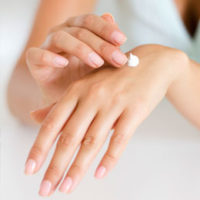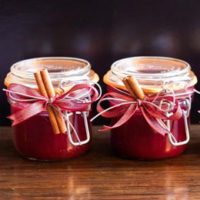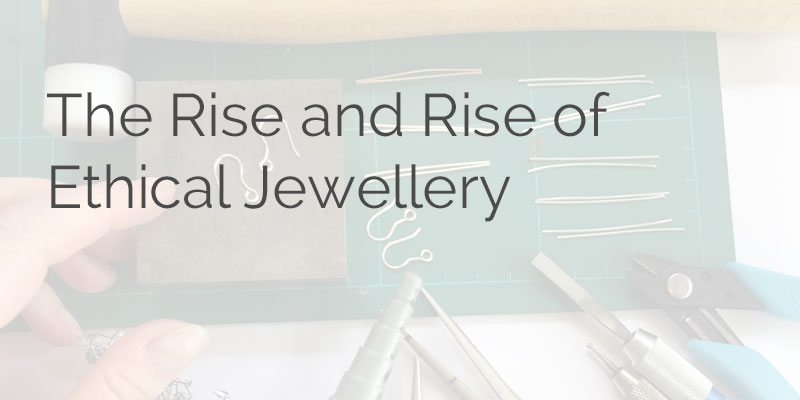
What is Ethical Jewellery..??
Following hot on the heels of the ethical fashion movement, there is now growing awareness and appreciation for ‘ethical jewellery’. The principles of ethical jewellery are essentially the same as those in the fashion world – to ensure that at every stage of the manufacture of a piece of jewellery, adequate consideration and respect is given to the workers and their communities while minimising the impact on the environment.
When considering whether a piece of jewellery is ethical or not, we must look at all aspects of the production life cycle; from the mine to the market. The extraction and mining of the raw materials, the cutting and processing of stones and the labour and processes involved in the assembly or manufacture of the finished piece.
This is easier said than done as there are so many stages and handovers that contribute to the finished article.
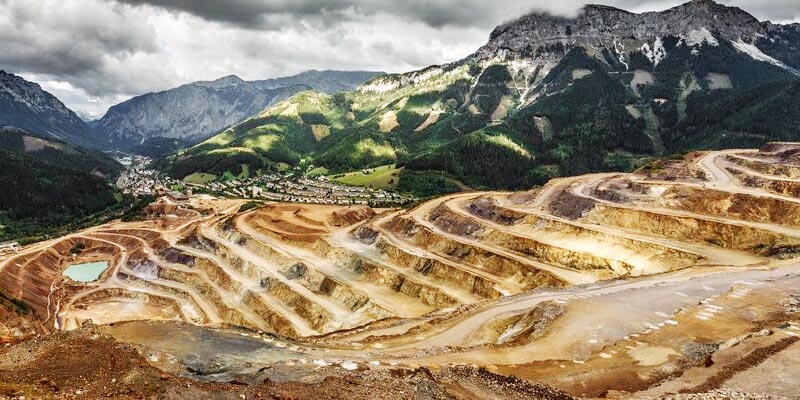
Let’s Start with the Mining
The majority of ‘new’ jewellery pieces will consist of stones or metal that have been obtained from a mine. The corruption and human atrocities prevalent in the diamond mining trade were brought into the spotlight in 2006 by the film ‘Blood Diamond’. The diamond trade in several African countries has fuelled brutal civil wars by financing the military and rebel militias – a clear indication of where the term ‘conflict diamonds’ comes from. Dangerous working conditions, poor pay, exploitation and child labour are all too common in diamond mining communities.
Mining for sapphires and other coloured gemstones is not without issue either. The industry is unregulated and allegations of child labour, abuse and illegal mining activities are common.
Any form of mining whether it’s for diamonds, precious metals or coal will have an impact on the local environment and the communities that live there. Most of the world’s gold is obtained by hard rock mining, the waste products of which are particularly hazardous and include waste rock and ore that have been contaminated with cyanide and mercury.
Many gold mines dump their waste directly into nearby bodies of water devastating marine life. Some of the bigger mines construct damns where they put their waste, but the toxic cocktail can leach into the soil and groundwater and it is reported that there are up to two major spills every year.
ASTONISHING FACT: Up to 20 tonnes of mining waste is produced per gold ring.
And as with other forms of mining, labour practices are less than satisfactory in the gold mining industry. Globally, there are over 600,000 children that work in gold mines and 90% of gold miners worldwide work in remote, small scale mines as a way to support their families. They are exploited by the traders because of their poverty and the absence of regulation or legal protection. Working conditions are hazardous where continued exposure to mercury and cyanide used as part of the gold extraction process leads to health issues.
So what is being done to improve industry standards..??
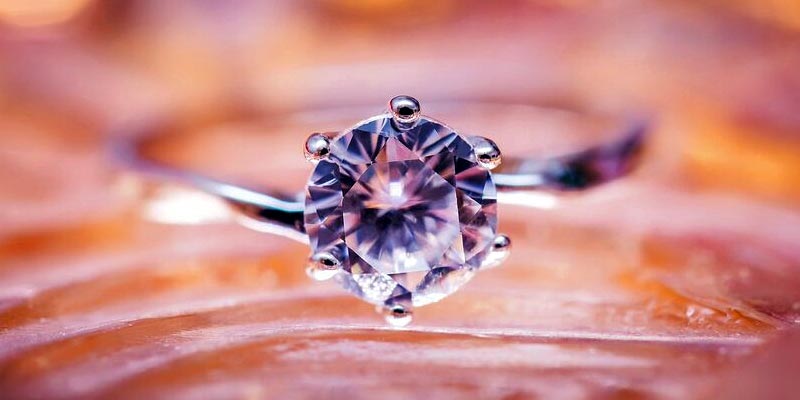
The Kimberley Process
Some measures have been put in place in an attempt to clean the market of conflict diamonds. The Kimberley Process Certification Scheme was put in place in 2003 and 80 diamond producing countries are members. The member countries are required not to produce conflict diamonds and are only supposed to trade with each other. They must also attach Kimberley Process certificates to their exports of rough or uncut diamonds.
However, there is still debate and widespread dissatisfaction about the effectiveness of this scheme as it is limited only to diamonds used to financially fuel civil war. The KP does not define rules for how diamonds are mined or set standards for working conditions so there are still diamonds being mined in violent and inhumane settings which flow through the jewellery trade.
If you are buying a diamond, it’s still hard (and some say, impossible) to be sure of its origins and ethical credentials. Some of the big jewellery houses are taking steps to improve this but it’s a long way off.
Ethical Gold
The Fairtrade Foundation (the same organisation that certifies our coffee) now also certifies gold as being Fairtrade. Workers in Fairtrade certified goldmines receive a guaranteed minimum price for their gold as well as a premium which they can invest back into their business or use to support community initiatives like education and healthcare.
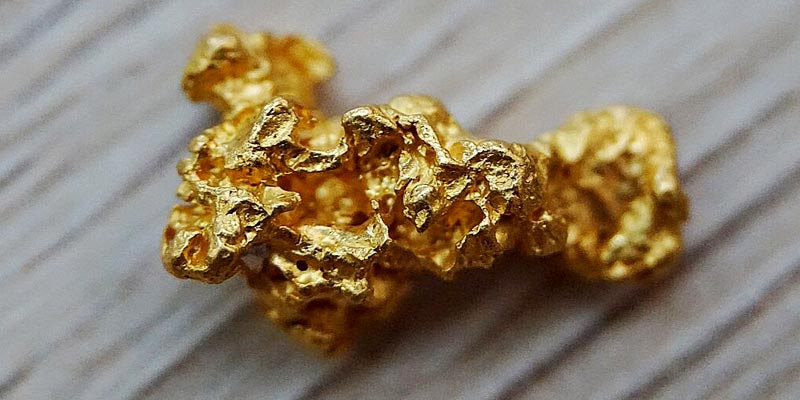
Alluvial Gold
Alluvial gold is formed in waterways like creeks, rivers and streams where the water has previously run through ground that has been rich in gold. The water erodes the rock which surrounds the gold deposits and washes them into the riverbed. Panning for gold to recover such deposits is one of the oldest gold mining techniques and is still done today. Whilst not without its problems, mining gold in this way is thought to have far less impact on the environment than traditional hard rock mining, and indeed some jewellers use only alluvial gold.
The Jewellery Manufacturing Process
Mining of the raw materials is just the first step in the making of a piece of ethical jewellery. Stones must be processed and cut, the setting poured or crafted and the final piece assembled and polished. Lots of these tasks require specialist skills and are usually undertaken by a craftsperson but for more mass produced and cheaper jewellery maybe comprising of beads or semi precious stones, the issues of labour and Fairtrade apply – the question ‘who made my jewellery?’ is an important one.
The good news is that there are companies out there using ethical jewellery manufacturing businesses to bring about positive change. Small factories and workshops are set up employing local women who are paid a proper wage. Their working environment is pleasant and they are able to learn new skills and gain independence from a life that otherwise might have involved the sex or drug related industries.
There are also companies specialising in Fairtrade ethical jewellery and other goods and we’re lucky enough to have some beautiful examples of both on Green Elephant.
So, if you’re in the market for some new ethical jewellery whether it’s an investment piece or more of a fashion statement, what do you need to consider…???
1. Talk to your Jeweller
Find someone you trust and who answers your questions about where they sourced their stones and metals. They should be able to answer all your questions and if they can’t or give you vague answers, perhaps it’s best to move on.
2. Consider Vintage or Antique Jewellery
No virgin materials are needed and often the quality of what you’ll be getting is far higher for the price than you would find in a new piece. There is the added bonus that the piece will have a story…a history and in giving it new life, you are adding to the story.
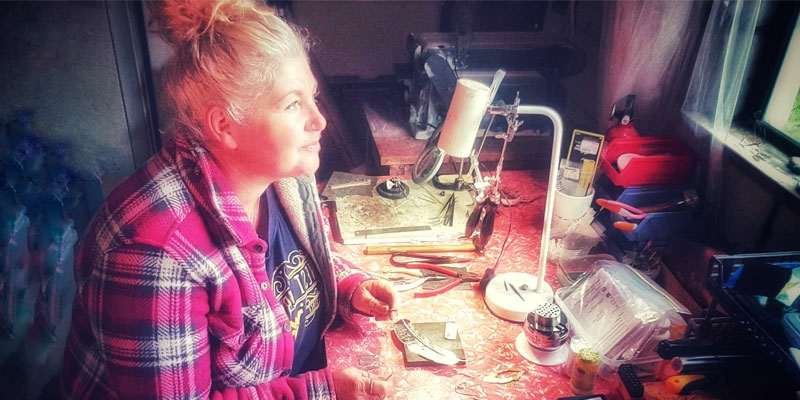
3. Recycle or Upcycle
Precious metals can be recycled repeatedly without degradation in quality. They can even be considered a naturally renewable resource. We have an amazing and talented jeweller on Green Elephant, Sonia Therese who focuses on using recycled materials, some of which have been rescued from the debris of the Christchurch earthquakes, to craft her special pieces and there are a growing number of artisans and craftspeople doing the same.
Curlicue NZ also has a range of stylish jewellery, utilising upcycled and recycled materials. The Romantic Rose Collection features 100% recycled sterling silver and the R3 Collection is totally unique and makes use of re-purposed milk bottles….!!!
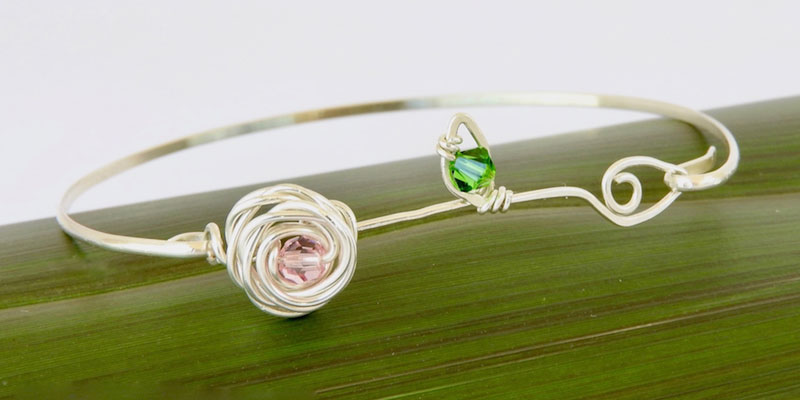
4. Avoid Endangered Animal Products
This really goes without saying but any jewellery made with ivory or coral cannot be considered ethical and any shop or jeweller selling such items should be avoided.
5. Look for Fairtrade
The Fairtrade logo is familiar to most people and gold can now be certified Fairtrade. If you’re not buying a recycled or vintage piece, see if you can find Fairtrade certified gold instead.
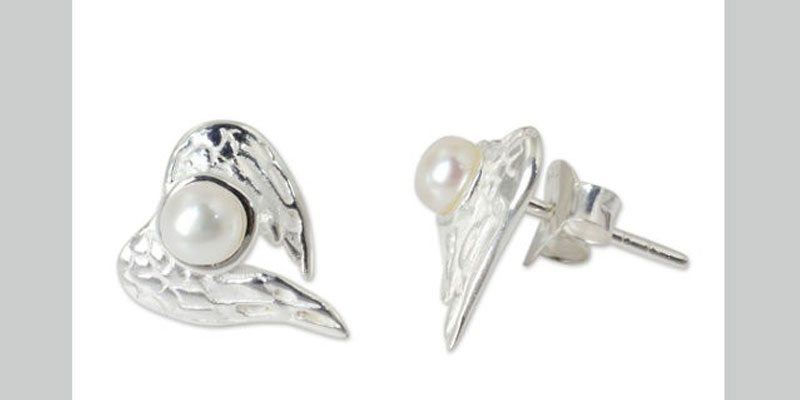
Ethical Jewellery Looks Good and Feels Good Too
Valentine’s Day is coming up so if you have your eye on something special, it’s a great time to treat yourself or drop some hints…! If you’re new to the idea of ethical jewellery and have concerns that it might be expensive or hard to find, have a quick browse of the jewellery collection on Green Elephant. You’ll see there are pieces to suit every budget and a wide range of styles to choose from.
I’m not a huge jewellery person and don’t have a big collection, but I do own a piece from Sonia Therese. It’s her Trio of Circles Cluster Necklace and each circle is stamped with the name and birth year of one of my children. It’s just beautiful and I wear it every day. When you spend your hard earned dollars to ‘do good’ and purchase something that will help someONE, it really does feel good.


